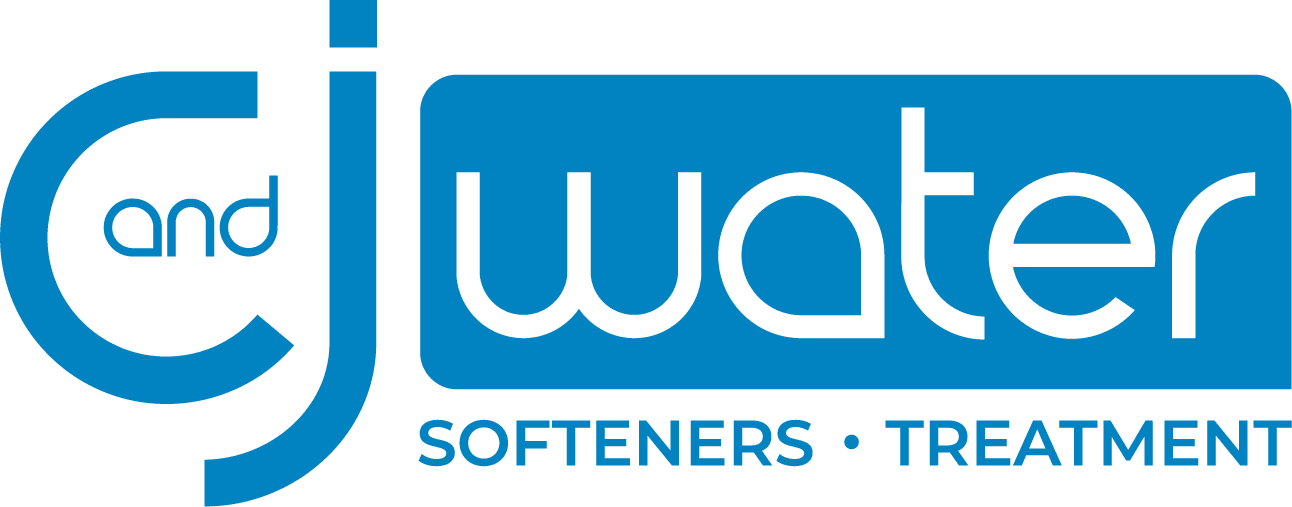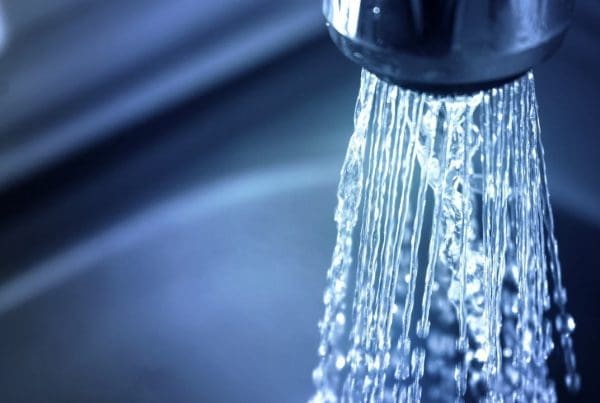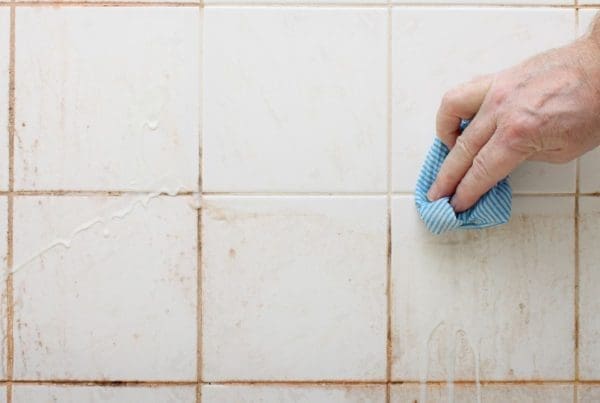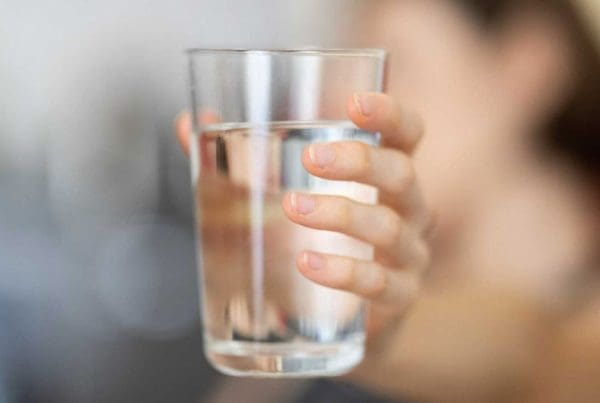Many of us face water-related issues without realizing the source of the problem. Often, we don’t consider water as the culprit behind common challenges. Yet, poor water quality can impact numerous aspects of daily life – from drinking and bathing to cooking and laundry. Water is a vital but frequently overlooked element of our well-being. You need better water.
Below are common water-related concerns, their potential causes, and the best solutions (or cure) to improve the quality of water throughout your home.
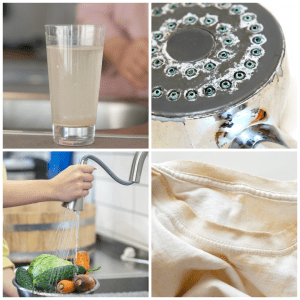 Showering and Bathing
Showering and Bathing
- Concern: Irritated or dry skin, dry hair, rotten egg odor.
- Cause: Chlorine, manganese, sulfur gas, or other hard water minerals
- Cure: Install a dechlorination system to remove chlorine. Consider using an Air Injection Oxidization (AIO), or water softener to prevent mineral buildup that causes skin irritation and dryness.
Drinking and Cooking Water
- Concern: Unpleasant taste, potential contaminants
- Cause: Chlorine, fluoride, heavy metals, chemicals, or bacteria
- Cure: A reverse osmosis system is highly effective at removing chlorine, heavy metals, and other contaminants. It removes 95% of Total Dissolved Solids(TDS) in the water, ensuring cleaner and better-tasting drinking water.
Laundry
- Concern: Clothes discoloration (red or orange stains)
- Cause: High iron content
- Cure: If a softener isn’t quite doing the job an AIO system can remove the minerals and stop clothes from becoming discolored.
Gardening
- Concern: Harm to plants, especially organic produce
- Cause: Chemical contaminants, chlorine, and hard minerals in water
- Cure: Use a dechlorination system for garden water, and test the water for specific contaminants that could impact plant health.
Appliances
- Concern: Mineral buildup on faucets, breakdown of seals, plumbing fixture or coffee maker scale
- Cause: Hard water with high levels of calcium, magnesium, and chlorine
- Cure: A water softener system removes hard minerals, preventing scale buildup and prolonging the life of your faucets, seals, and plumbing fixtures.
General Water Safety and Health
- Concern: Bacteria and microbiological contaminants
- Cause: Unfiltered water from wells or public systems
- Cure: A UV light bacteria removal system effectively controls microbiological contaminants without chemicals, making your water safer for all household uses.
You Need Better Water – We can help
Achieving optimal water quality in your home can be complex. Professional water analysis helps you identify specific contaminants and find tailored solutions. C and J Water offers comprehensive testing and can recommend systems that meet your water quality needs.
Get Your Free Water Analysis!